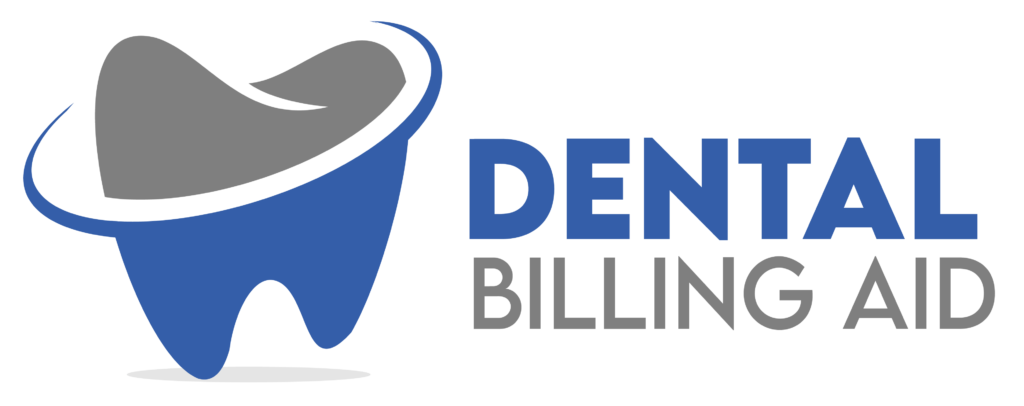The dental billing process is a cycle with two main phases: the patient’s lifecycle and the claim’s lifecycle. Here are the typical steps involved:
1. Patient Registration and Insurance Verification: The process begins the moment a patient schedules an appointment. It is crucial to collect accurate and complete demographic and insurance information, including the patient’s full name, date of birth, and insurance details. Verifying the patient’s insurance coverage and benefits upfront helps prevent future billing surprises and allows the practice to provide a more accurate estimate of the patient’s out-of-pocket costs.
2. Treatment Planning and Procedure Coding: After a diagnosis, the dentist creates a detailed treatment plan. Each service and procedure must be assigned the correct Current Dental Terminology (CDT) code. Using the most current CDT codes is essential for accurate billing and to avoid claim denials.
3. Claim Generation and Submission: With the treatment plan and codes in place, the practice generates an insurance claim. Claims can be submitted electronically or on paper using the American Dental Association (ADA) Dental Claim Form. Electronic submission is often encouraged for faster processing. The claim must include all necessary information and supporting documentation, such as X-rays or treatment notes.
4. Claim Follow-Up and Management: After submission, it’s vital to regularly monitor the status of claims. Promptly addressing any rejections or denials is key to preventing delays in reimbursement. This may involve providing additional information or corrections.
5. Payment Posting: Once a payment is received from the insurance carrier, it must be accurately posted to the patient’s account. This step ensures that the payment is recorded correctly and that the patient’s remaining balance is updated.
6. Patient Billing and Collections: After the insurance company has paid its portion, the patient is responsible for any remaining balance, such as a deductible, co-pay, or services not covered by their plan. Generating and sending clear, detailed invoices to patients is the first step in the collection process.
Key Considerations for California Dental Practices
Compliance with State and Federal Regulations: California dental practices must adhere to a variety of regulations. A notable example is California Business and Professions Code § 732, which requires dentists to refund any duplicate payments received from a patient and a third-party payer. The refund must be issued within a specified timeframe, either after a patient’s request or when the dentist becomes aware of the duplicate payment. Additionally, the federal No Surprises Act, which took effect in 2022, is designed to protect individuals from unexpected medical bills and requires healthcare providers to be transparent about costs.
Explanation of Benefits (EOB): The Explanation of Benefits (EOB) form is a critical document. While not a bill, it details how an insurance claim was processed and explains the amounts billed, covered, paid by the insurer, and the remaining balance the patient is responsible for. It is important for both the practice and the patient to review EOBs closely.
Prior Authorization: For some services, especially those requiring a specialist, prior authorization from the insurance company may be required. Failing to obtain prior authorization can lead to a denial of the claim, leaving the patient responsible for the full cost of the service.
Medi-Cal Dental: For practices that serve Medi-Cal patients, there are specific guidelines to follow. The California Department of Health Care Services (DHCS) has distinct procedures for submitting claims and seeking authorization for certain services. Providers must be active Medi-Cal Dental providers and follow the policies outlined in the Medi-Cal Dental Provider Manual.
Best Practices for Effective Collections
1. Communicate Financial Policies Upfront: To minimize patient confusion and “surprise bills,” clearly communicate financial policies and payment expectations at the first point of contact. This includes discussing co-pays, deductibles, and estimated patient portions.
2. Verify Insurance Thoroughly: Before a patient’s appointment, verify their insurance benefits and coverage. This proactive step helps the practice provide a more accurate cost estimate and can reduce the risk of a claim being denied due to a lack of coverage.
3. Offer Multiple Payment Options: Making it easy for patients to pay can significantly improve collection rates. Consider offering various payment methods, such as credit cards, debit cards, digital wallets, and online payment portals. Some practices also find it beneficial to offer third-party financing options for larger treatment plans.
4. Timely and Professional Follow-Up: A consistent and well-documented collection process is essential. This includes sending out weekly statements for outstanding balances and following up with phone calls or a series of collection letters. All communication should be professional and non-judgmental.
5. Train Your Staff: A well-trained team is fundamental to a successful billing and collections process. Staff members should be equipped to answer patient questions about billing, explain insurance benefits, and handle collection calls in a private and professional manner.
By implementing these best practices and staying informed about relevant regulations, California dental practices can optimize their billing and collections, ensuring financial stability while providing a positive patient experience.
